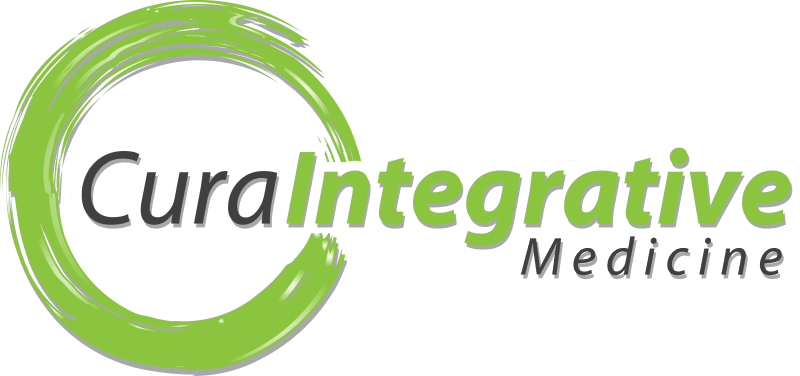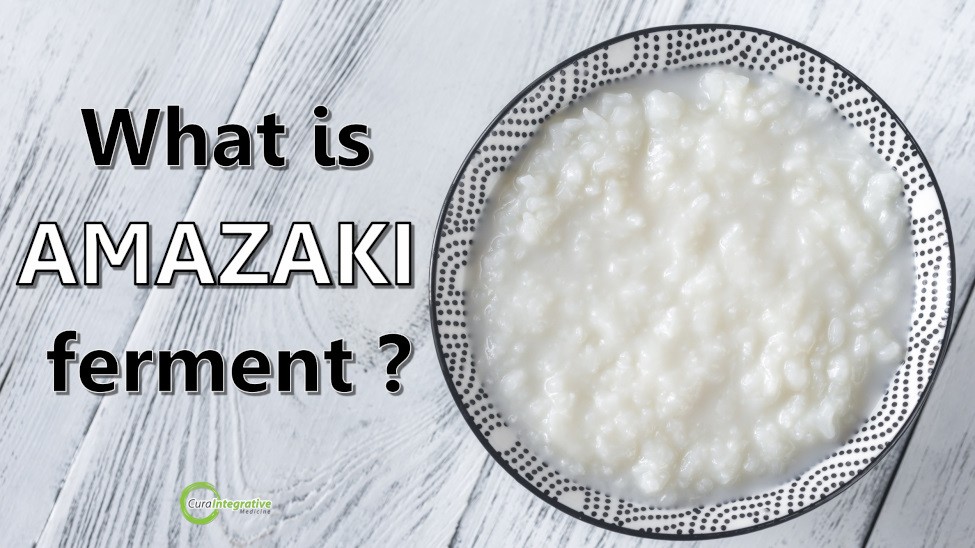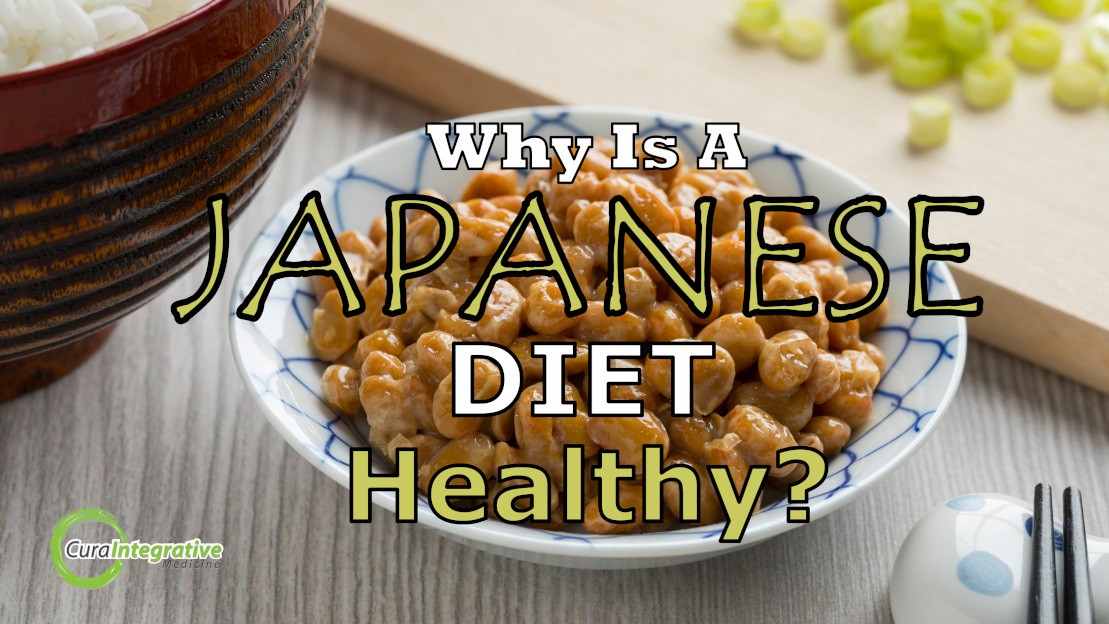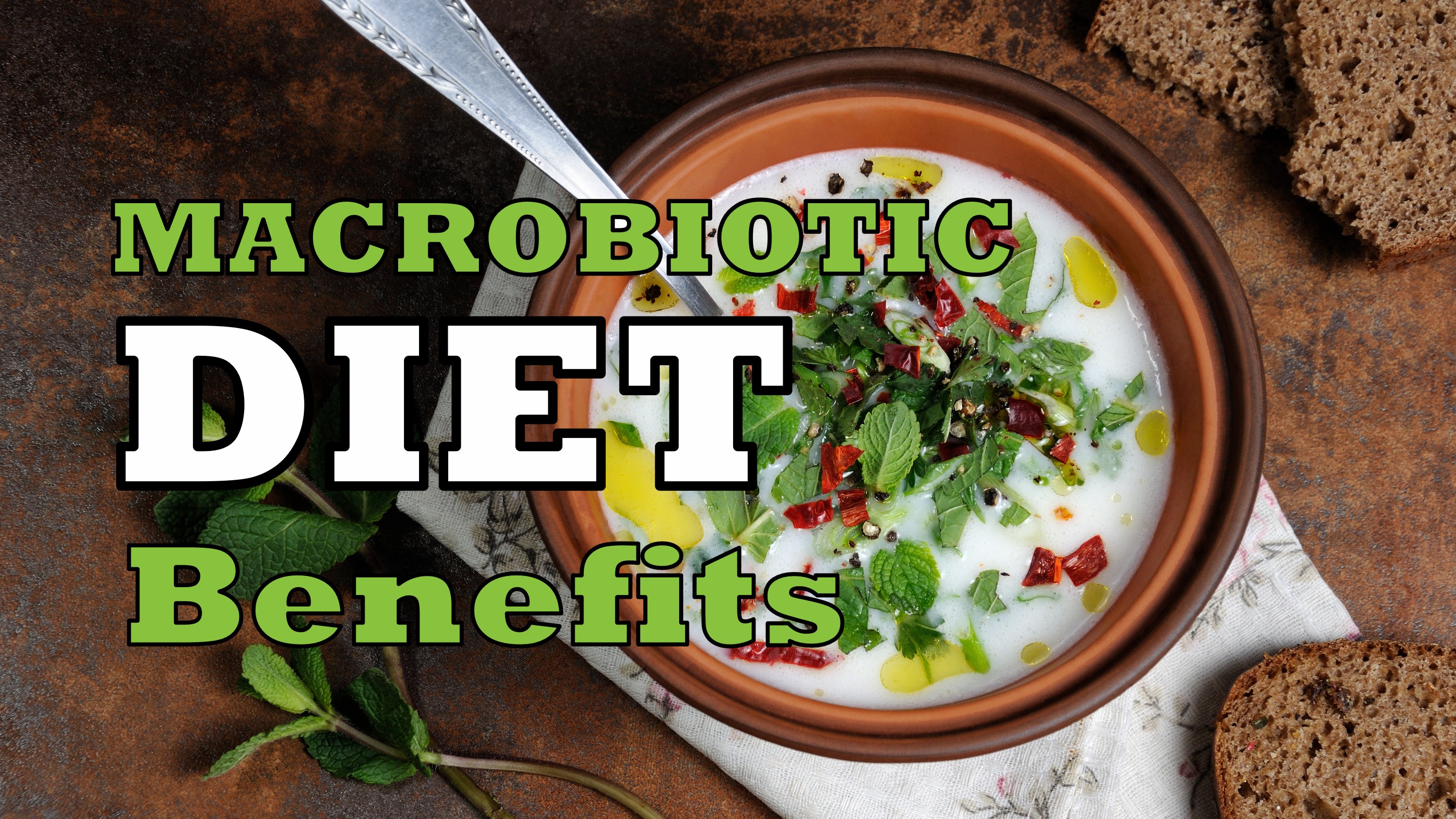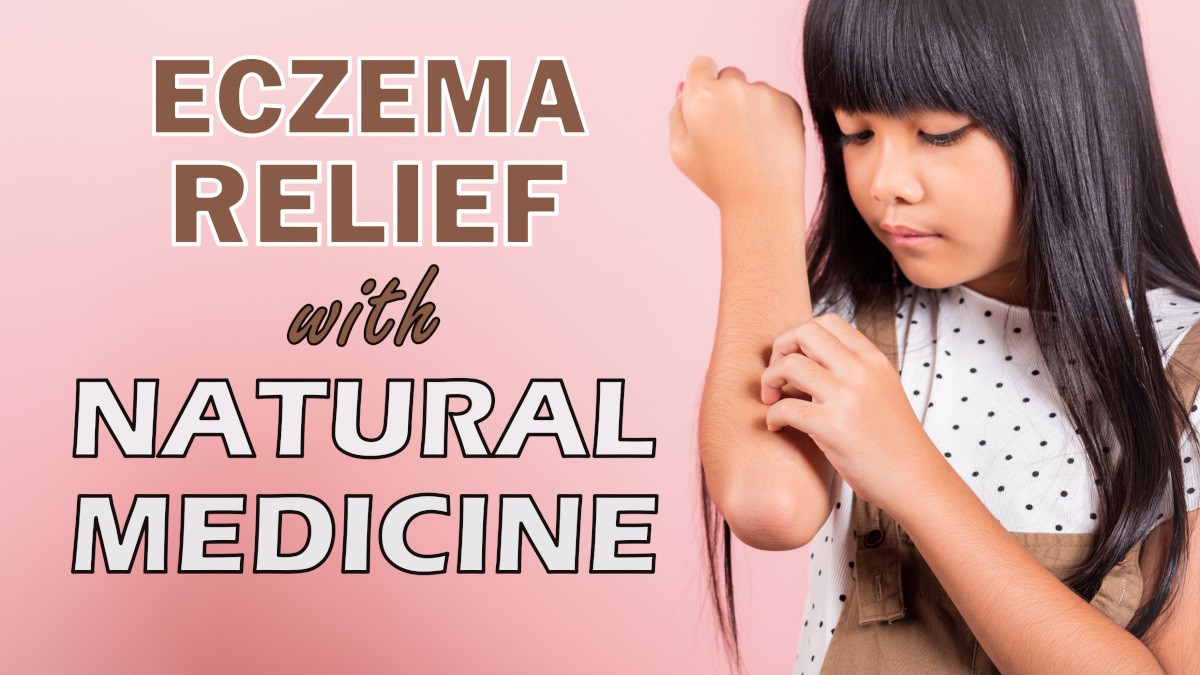Koji is a less known superfood found in a variety of macrobiotic foods. Containing Aspergillus oryzae, koji is used to make foods such as miso, amazaki and tamari. Read More…
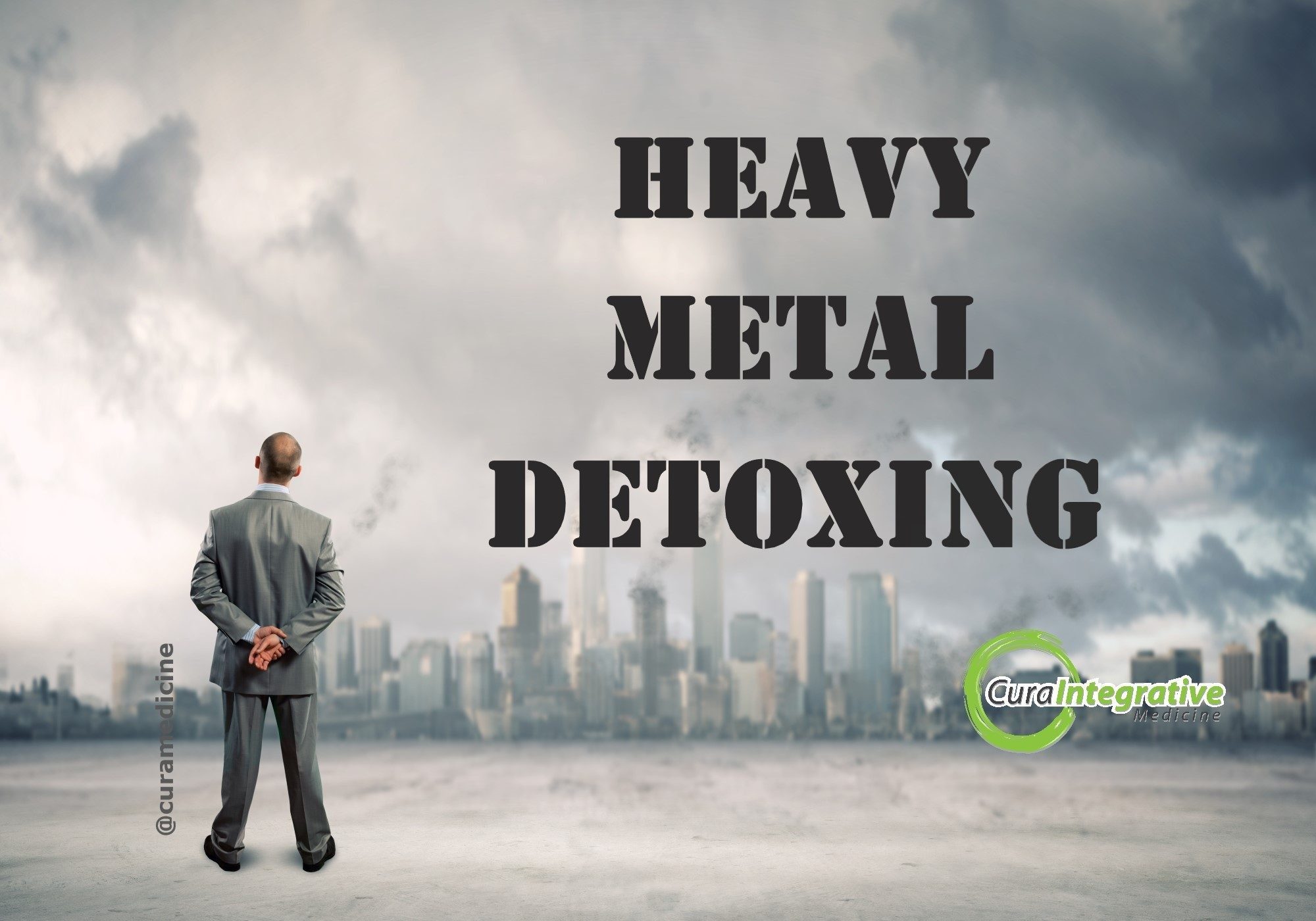
Heavy Metal Detoxing 101
Posted 21 Feb '22
Heavy metals come into our bodies from many sources including foods, water contamination, dental amalgam, environmental pollution, cosmetics and industry sources. Almost everyone will have some level of heavy metal toxicity, but some people living in cities or working in certain industries will have much higher levels than others.
Ideally testing with a functional medicine test is recommended as the first step to identifying the urgency of detoxing. This will
identify how important it is to focus on heavy metals and also the intensity of the detox and chelation of these toxins for your
individual case.
The most commonly found heavy metal is mercury due to large fish consumption and also dental amalgam fillings. Risks of having amalgam
fillings is associated with the release of mercury and exposure can be increased because of things such as bruxism (tooth grinding) since
it vaporises fillings, chewing gum and standard dental filling removal, without protection.
Others include cadmium, lead, aluminium, arsenic, uranium and antimony. These are found in paints, plastics, pesticides, wood treatments,
home chemicals, workplaces, food and water.
Signs and Symptoms of Heavy Metal Toxicity
Heavy metals are called toxic metals because even a small amount causes damage to our body on a cellular level. Even though we can normally detox toxins in our day-to-day activities, an accumulation of heavy metals will significantly influence our body function. Symptoms can include things such as-
- Behavioural problems, may be associated with learning difficulties or childhood developmental issues
- Fatigue, lethargy and/or low mood
- Depression, anxiety and/or mood swings
- Poor short term memory and concentration
- Difficulty concentrating, poor memory
- Immune dysregulation – i.e., recurrent infections, autoimmune disease, allergies
- Sensitivity to environmental chemicals, odours and/or nutritional supplements
- Digestive symptoms including recurrent gut pain, constipation and/or diarrhoea
How to Detox Heavy Metals
Detoxification is the process of “biotransformation” of internally generated toxins into metabolites which can be removed from the body.
This process occurs primarily in the liver, but it not only the liver which does all the detoxing.
Around 25% of detoxification takes place in the digestive tract, as well as in other
tissues around the body such as skin, lungs (mucous) and kidneys. So to optimise detoxification it is important to ensure the gut
microbiome is optimal and working at its best. Obviously, as everything absorbed from the gut travels through the portal vein to the
liver, the better the integrity of the gut lining and the more detoxification that occurs at the gut level, the less toxic load is placed
on the liver.
Binders help escort metabolites out of the body and minimise oxidative damage to cells. These can be as simple as vegetable fibre such
as pectin or potent antioxidants such as chlorella or they can be more effective methods such as modified citrus pectin (MCP) or
Clinoptilolite which is a modified charcoal.
MCP has been specially modified so that the pectin molecules are broken down to sizes small enough for them to pass through the intestinal wall and enter the bloodstream. Once in the blood stream, the modified pectin molecules bind heavy metal ions.
Optimal vitamins and minerals are also paramount for optimal heavy metal detoxification. If levels or vitamin C, selenium or zinc, for example, are lower than normal, our bodies are running at sub-optimal capacity to detox. Biochemical processes such as glutathione production will be lower than normal and binding will be somewhat reduces.
Diet and Lifestyle For Detoxing
Dietary and lifestyle are equally important to detox in addition to herbs and nutritional supplementation.
- The reduction of red meat, saturated fat are just two reductions which can help improve detoxing in the body. Furthermore eating preferring organic options in a vegetable rich diet helps to correct digestive processes and gut flora, repairing gut permeability (leaky gut) and improving the clearance of toxins via all channels of elimination.
- Become aware of sources of environmental exposure to toxins and toxic metals to avoid known exposures such as large fish which contain higher levels of mercury
- Avoid personal care products (for example, antiperspirant) that contain toxic heavy metals.
- Regular 30-40 minutes of moderate aerobic exercise at least four times a week assists detoxification by supporting circulation of blood and lymph throughout the body and increasing sweat
- Drink 30 ml per kilogram of body weight of pure water daily, from a BPA-free plastic, glass or stainless steel container.
- Sleep and keep stress levels low for rejuvenation of your body.
- Dry skin brushing supports the skin’s function as a major organ of elimination. Brush the arms, legs and back briskly in an upward motion for 5-10 minutes before showering with a bristle brush or loofah. Allow the skin to become pink and tingle.
- Saunas and infrared saunas can be powerful detoxification tools, encouraging sweating to remove wastes through the skin.
- Massage may stimulate lymphatic and blood circulation to mobilise toxins for elimination.
Need more help to detoxing your body from heavy metals or testing for heavy metals? Get in touch or make an
appointment now.
